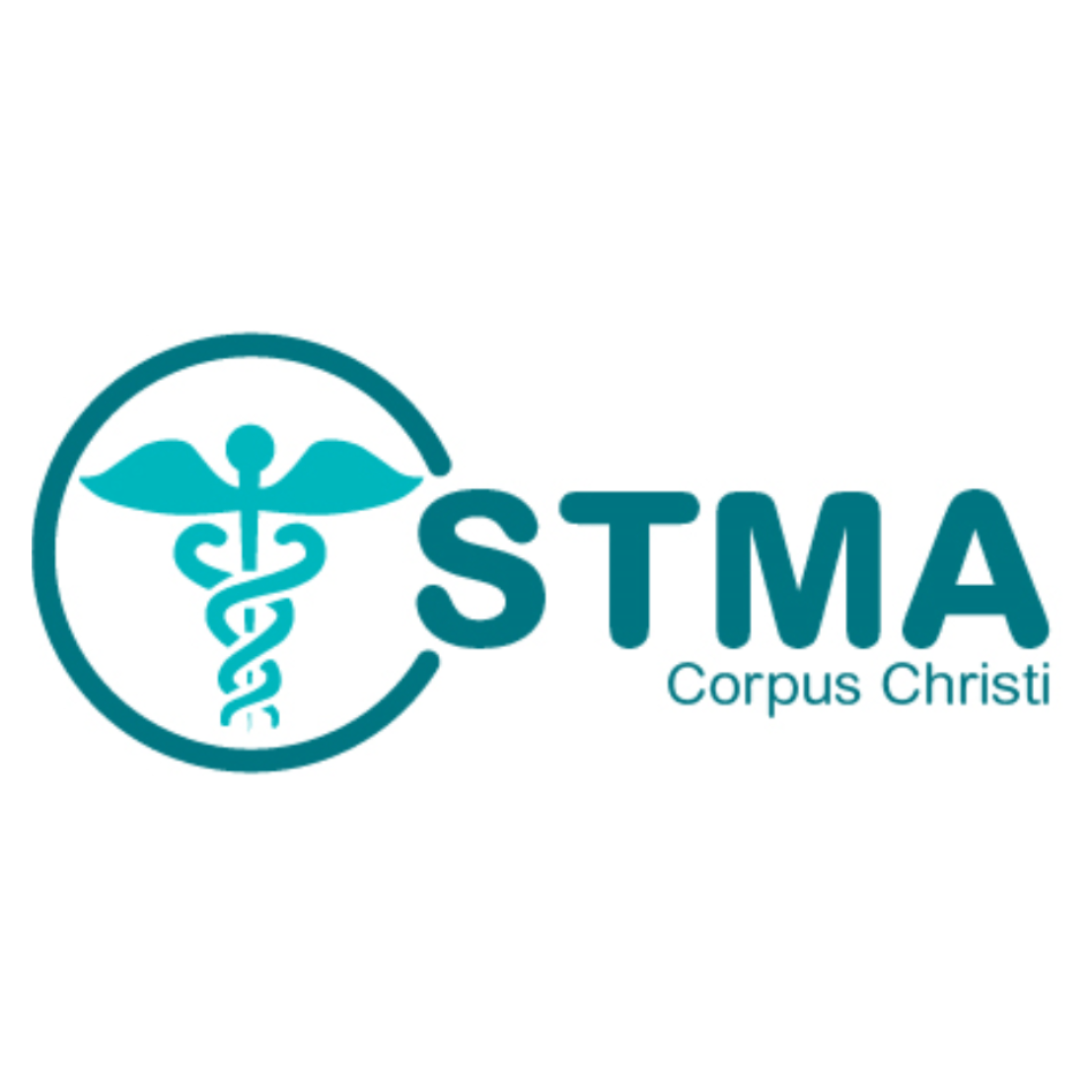Finding the right primary care physician (PCP) is the first step in managing your health effectively. Whether for routine check-ups or addressing health concerns, having a dependable primary care provider opens the door to comprehensive medical care. According to the National Center for Health Statistics, 50.3% of all doctor visits are to primary care physicians, making them the top choice for healthcare in about half of all office visits.
This article outlines easy steps for booking appointments, knowing when to contact a PCP, and making the most of your healthcare experience.
When to Visit a Primary Care Physician?
Seeing a PCP at the right time can prevent minor issues from turning into serious health concerns. Here are some key times to consider scheduling a visit:
- Routine Care and Preventive Care. Make regular appointments for check-ups, which include physical exams and health screenings. These visits help keep your medical record current and build a strong care plan that fits your overall needs.
- Management of Chronic Conditions. If you have chronic conditions like diabetes or hypertension, regular monitoring of your blood pressure and medical care plan is important. Work with your care team to find treatments and strategies that aid long-term health.
- Acute and Urgent Health Issues. For sudden health issues, some primary care clinics can provide quick assistance, potentially avoiding a trip to the emergency room. However, many primary care offices require scheduled appointments, leading to wait times longer, and not all handle urgent issues on a walk-in basis. It’s also important to recognize that certain urgent issues may still necessitate a visit to the emergency room.
- Health Screenings and Vaccinations. Routine screenings and vaccinations help catch potential health issues early, keeping you healthier in the long run.
How to Schedule an Appointment With a Primary Care Physician
Making an appointment for your health care needs should be stress-free. Follow these steps to book your visit with ease and confidence:
Step 1: Identify Your Healthcare Needs
Consider why you need to see the doctor
- Routine Check-Up. Regular visits are essential for maintaining good health. They allow for updates to your medical record and regular screenings.
- Follow-Up Care. If you’ve had a recent visit and need to check on your progress or discuss test results, this type of appointment is essential for ongoing care and adjustments to your treatment plan.
- Specific Health Concerns. If you’re experiencing new symptoms or an unexpected health issue arises, it’s important to see a doctor promptly to address these concerns.
Step 2: Find a Primary Care Physician
- Determine Specialist Type. Decide whether you need a Family Medicine or Internal Medicine doctor. Family Medicine physicians offer care for individuals of all ages, making them ideal for families. Internal Medicine doctors focus on adult health, managing complex conditions, and providing specialized adult care.
- Research and Reviews. Look at reviews and ratings from other primary care patients. This helps you gather insights into the physician’s approach to treatment, communication style, and patient satisfaction.
- Consider Accessibility. Think about the location of the primary care offices and their office hours. Choosing a conveniently located physician with accommodating hours makes sure you can attend appointments without hassle.
Step 3: Check Insurance Compatibility
- Confirm Plan Acceptance. Contact the physician’s office to verify if they accept your health plan. You can also check insurance details by calling your insurance provider, using your Patient Portal, or reviewing your Insurance Card for coverage information.
- Avoid Unexpected Costs. Before your visit, make sure your health plan is compatible with preventing unplanned expenses and enjoy a smoother billing process. This preparation helps you focus on your appointment and not billing concerns.
Can You See a Primary Care Doctor Without Insurance?
Yes, you can see a primary care doctor without insurance, but you’ll need to pay out-of-pocket for the visit and any treatments or tests. Costs can vary, so it’s a good idea to check prices beforehand.
Step 4: Contact the Physician’s Office
- Choose a Scheduling Method. You can schedule your appointment by phone, using the Patient Portal, or using an online booking system. Select the scheduling option that is most convenient and accessible.
- Inquire About Time Slots. Ask about available appointment times that align with your schedule. This flexibility helps you find a time that doesn’t disrupt your daily routine, making it easier to commit to your healthcare needs.
Step 5: Provide Necessary Information
- Share Medical Details. Prepare to give the office your medical history, a list of current medications, and any other relevant information. This makes sure the physician is well-prepared to address your specific health needs during the visit.
- Address Language Needs. If language could be a barrier, ask if interpreter services are available. Having access to these services can significantly enhance communication, making your visit more productive and comfortable.
Step 6: Confirm Appointment Details
- Review Date, Time, and Location. After booking, carefully double-check the appointment’s specifics, including the date, time, and location. Accurate information helps make sure you arrive correctly prepared.
- Set Reminders. Mark the appointment on your calendar or set a reminder on your phone. These prompts are effective ways to avoid missing your visit and keep your healthcare on track.
Step 7: Prepare for Your Visit
- Collect Important Documents. Assemble necessary documents like your medical records and insurance information to bring with you. These items are essential for a thorough assessment during your appointment.
- Note Questions and Concerns. Write down any health-related questions or concerns beforehand. Having these ready helps you make the most of your time with the physician, making sure no important issues are overlooked and you leave feeling informed and reassured.
What to Expect in a PCP Appointment
Knowing what happens during a primary care appointment helps you feel more comfortable and prepared. Here’s what typically occurs during your visit:
- Initial Consultation and Health Assessment. The appointment starts with sharing your medical history with your doctor. This leads to an overall health assessment, during which they’ll check your vital signs—like blood pressure, heart rate, and temperature—to gauge your current health status.
- Discussion of Health Concerns. Your doctor will discuss any immediate health concerns you may have, such as new symptoms or ongoing chronic conditions. This discussion allows for timely care and adjustments to your treatment plan if necessary.
- Preventive Care and Screenings. Your physician will recommend various health screenings and vaccinations based on your age, medical history, and lifestyle. These preventive measures help prevent potential health issues and preserve your well-being.
- Health Education and Advice. Expect to receive advice on making healthier lifestyle choices. Whether it’s tips on diet, exercise, or managing stress, this guidance supports both your physical and mental health.
- Follow-Up and Referrals. If needed, your doctor will suggest follow-up visits or refer you to specialists for additional care. These steps help address specific health concerns and guarantee you receive comprehensive care.
Experience Outstanding Care: Book Your Appointment With Us Today!
At South Texas Medical Associates, your health and well-being lead everything we do. We encourage you to take control of your health goals with the timely care and support provided by our expert team. This guide has given you the tools to make informed decisions, and now it’s time to put that knowledge into practice.
By booking an appointment with us, you receive comprehensive and compassionate care tailored to your needs. Our dedicated staff is here to help you achieve lasting wellness. Contact us today to experience personalized healthcare.





